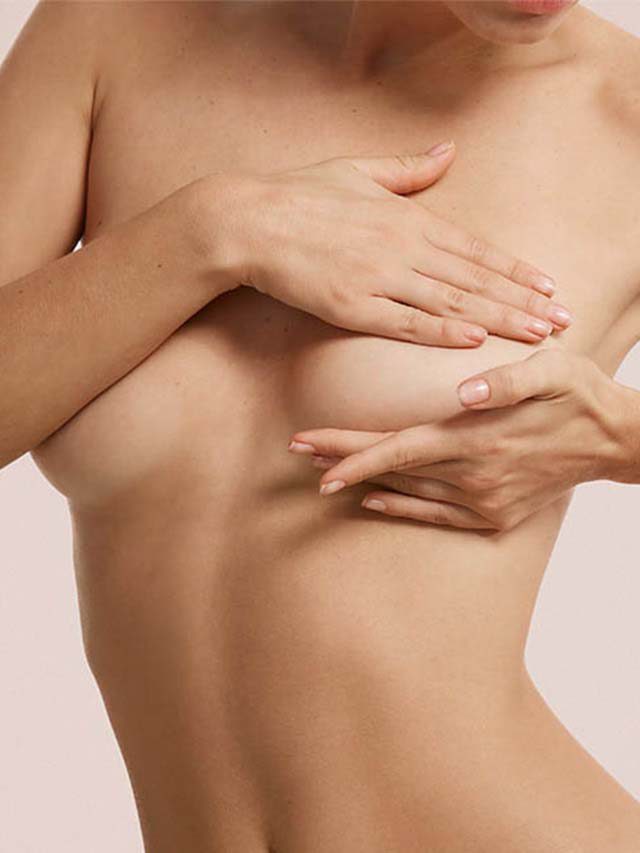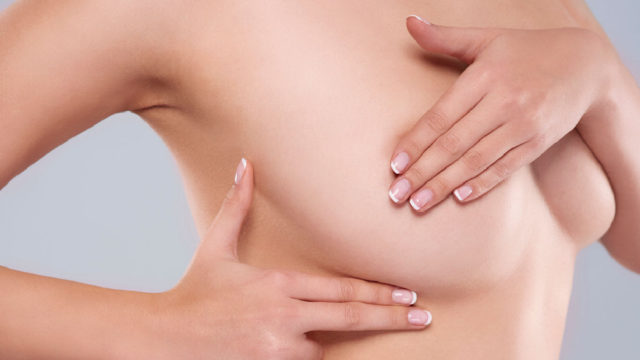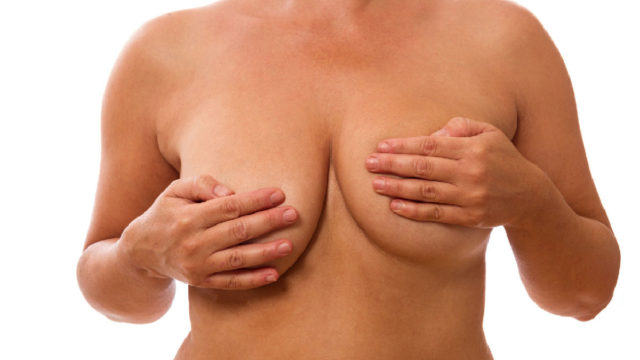Breast Asymmetry is a lot more common than we think, but it usually raises a concern in every other girl’s head. The prevalence of this condition affects more than half of all women and despite these large numbers, there is little knowledge about this issue.
In collaboration with The Channel 46, Dr Manju Gupta, Senior Consultant – Obstetrician & Gynaecologist, Motherhood Hospitals, sheds light on the causes of uneven breasts and what it may signify.
What Are Asymmetrical Breasts?
A woman’s breasts are said to be symmetrical if they are equal in size, shape, projection, and elevation. But, the reality is that very few women truly have this. One breast typically differs from the other in size, shape, or position on the chest. Asymmetry describes this discrepancy between the two breasts.
5 Possible Causes Of Uneven Breasts
1. Normal Fluctuations In Growth
…the reason for your unequal breasts may be due to typical anatomical variances.
The majority of our physical components, including our legs and eyebrows, are not perfectly symmetrical. So, the reason for your unequal breasts may be due to typical anatomical variances.
2. Hormonal Adjustments
Even if both breasts cease developing at the same time, one breast may begin to develop before the other when hormones are shifting during puberty.
3. Period Cycle
The first day of ovulation is when breast asymmetry is the least pronounced.
During each phase of your menstrual cycle, your breast tissue changes. For instance, increased blood flow and water retention may cause breasts to enlarge. When you are ovulating, they could seem fuller and more sensitive. When menstruating, they contract. The first day of ovulation is when breast asymmetry is the least pronounced.
4. Medical Or Skeletal Condition
One breast grows noticeably bigger than the other in a condition called juvenile or virginal hypertrophy of the breast…
One breast grows noticeably bigger than the other in a condition called juvenile or virginal hypertrophy of the breast, which is unusual. Surgery is frequently used to address it, which frequently results in both physical and psychological issues.
5. Cysts Or Fibroids
You can have a cyst, which is a fluid-filled sac, or a fibrous breast lump. It is a tissue that can grow inside one of your breast. (causing it to become uneven)
You can have a cyst, which is a fluid-filled sac, or a fibrous breast lump. It is a tissue that can grow inside one of your breast. Although tissue lumps can sometimes be cancerous, the majority are fibroids, which are non-cancerous tumours. Additionally, fibroadenomas, which are non-cancerous breast tissues can vary in size and shape. Fibrocystic breasts, which cause your breasts to feel lumpy or rope-like, can both cause lumps. Your healthcare provider should assess any abrupt or recent variations in breast size brought on by lumps or underlying breast masses, and they might suggest that you see a specialist.
Read: 4 Effects Of Miscarriage On Fertility & Ovulation
7 Signs You Should Look For In Case Of Sudden Changes In Breast Size
Breast cancer is often only a concern if your breasts have always been even but have suddenly turned unequal as an adult. If your breasts suddenly change in size, shape, or appearance, consult your healthcare professional. Breast asymmetry is a typical anomaly noted on mammography results. It often poses little danger.
If you find sudden change in your breast size, you should look for these changes:
- Bleeding from the breasts, in addition to breast milk
- Swelling or thickening in the breast region
- Nipple pulling in or pain in nipple region
- Pain in any breast region
- Breast skin irritation or dimples
- Newly discovered breast or underarm bulge (armpit)
- In the breast or nipple area, there is redness or flaky skin
Can Breast Asymmetry Be Prevented?
Breast asymmetries cannot be prevented by any means.
As the breasts mature during adolescence, breast asymmetry develops. Unless it arises as a result of a growth issue that is detected early, it cannot be avoided. Breast asymmetries cannot be prevented by any means.
Treatment For Uneven Breasts
The procedure that will be the most suitable for you should be discussed with your doctor.
Unfortunately, women with obvious breast asymmetry are unable to address the imbalance between their breasts without surgery.
When it comes to addressing their breast asymmetries, women have a choice of surgical alternatives at their disposal. If your breasts are different sizes, sit at various altitudes, or even have different amounts of drooping skin, the best surgery for you will vary.
The procedure that will be the most suitable for you should be discussed with your doctor.
Read: 7 Ways To Tackle A Stuck Menstrual Cup, According To A Gynaec
What Are ‘Normal’ Breasts?
No pair of breasts is ‘normal’. What is typical for one woman might not be typical for another.
No pair of breasts is ‘normal’. What is typical for one woman might not be typical for another. The majority of women face the problem of lumpy breasts or other problems related to uneven breasts. Getting your period, getting pregnant, having kids, losing or gaining weight, and using certain medications can all have an impact on how your breasts feel and look. As you age, your breasts also tend to change.
Breast asymmetry is a common feature of women and is usually not harmful. Remember that a slight difference in the size and shape of your breasts is of no concern. If the difference is more than one bra cup size, it may make women feel extremely conscious of the appearance of their breasts, causing psychological distress. Adolescent girls are more vulnerable to this. If you are feeling too conscious about it, you can consult the relevant specialist and take guidance to solve the issue.
However, if your breast size increases or the density variation widens over time, these changes can be cause for concern.
You should discuss your worries and alternatives with your doctor if you discover unexplained changes in your breasts or if you have a family history of cancer.
Open up like never before and participate in conversations about beauty, entrepreneurship, mental health, menstrual & sexual health, and more. Desi women, join our community NOW!




